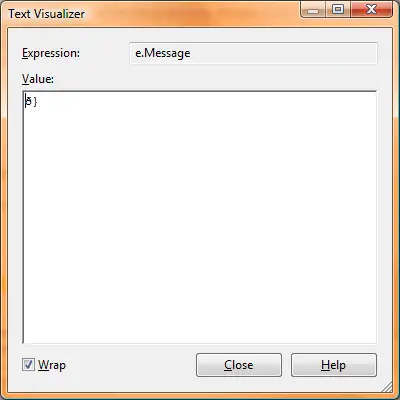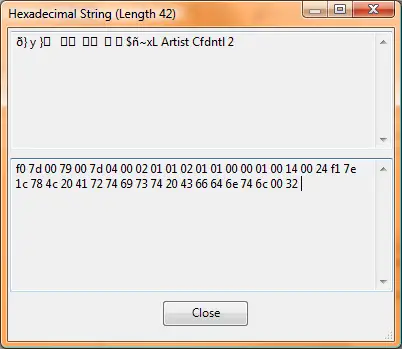One problem I’ve had to solve in building the Basternae zone editor is the conversion of Basternae-style colorized strings into something that will display properly in a GUI.
Apparently text boxes aren’t smart enough to decipher Basternae-style text color codes (&+R, &n, &+y, etc.). In fact, there’s only really one control in the standard .NET forms library that supports multcolored text — the RichTextBox.
In order to use this RichTextBox, I’ve had to write a routine to convert all of the Basternae color strings into RTF format. Here’s the code:
public static void BuildRTFString(string text, RichTextBox target)
{
// Add header and build color table.
string rtfHeader = “{\\rtf\\ansi{\\colortbl\\red192\\green192\\blue192;\\red0\\green0\\blue0;
\\red0\\green0\\blue255;\\red0\\green255\\blue255;\\red0\\green255\\blue0;
\\red255\\green0\\blue255;\\red255\\green0\\blue0;\\red255\\green255\\blue0;
\\red255\\green255\\blue255;\\red0\\green0\\blue128;\\red0\\green128\\blue128;
\\red0\\green128\\blue0;\\red128\\green0\\blue128;\\red128\\green0\blue0;
\\red128\\green128\\blue0;\\red128\\green128\\blue128;\\red192\\green192\\blue192;
}\\cf0 “;
// Replace each color one by one.
string parsedText = text.Replace(“&+l”, “\\cf1 “);
parsedText = parsedText.Replace(“&+B”, “\\cf2 “);
parsedText = parsedText.Replace(“&+C”, “\\cf3 “);
parsedText = parsedText.Replace(“&+G”, “\\cf4 “);
parsedText = parsedText.Replace(“&+M”, “\\cf5 “);
parsedText = parsedText.Replace(“&+R”, “\\cf6 “);
parsedText = parsedText.Replace(“&+Y”, “\\cf7 “);
parsedText = parsedText.Replace(“&+W”, “\\cf8 “);
parsedText = parsedText.Replace(“&+b”, “\\cf9 “);
parsedText = parsedText.Replace(“&+c”, “\\cf10 “);
parsedText = parsedText.Replace(“&+g”, “\\cf11 “);
parsedText = parsedText.Replace(“&+m”, “\\cf12 “);
parsedText = parsedText.Replace(“&+r”, “\\cf13 “);
parsedText = parsedText.Replace(“&+y”, “\\cf14 “);
parsedText = parsedText.Replace(“&+L”, “\\cf15 “);
parsedText = parsedText.Replace(“&+w”, “\\cf16 “);
parsedText = parsedText.Replace(“&n”, “\\cf16 “);
parsedText = parsedText.Replace(“&N”, “\\cf16 “);
target.Rtf = rtfHeader + parsedText + “}”;
}
The inelegant part? It builds a big, ugly string in realtime. Yes, we’re essentially building an RTF document by hand.
The elegant part? All I’ve had to do is wire up the text changed event to any part of a mob, object, or room that supports color codes. All that mess above lets us use the following code:
private void txtDescription_TextChanged( object sender, EventArgs e )
{
Form1.BuildRTFString( txtDescription.Text, rtbDescription );
}
Yes, we can wire up any text box with a realtime colorized visualizer in a single line of code. Every character we type is shown as it would appear on the mud as we type it. Even with all the string replacement calls, it’s fast enough that there is no noticeable lag at all.
Here’s a screenshot of what it looks like (visualizer windows have a black background):

I still hate the way WordPress formats my source code.






